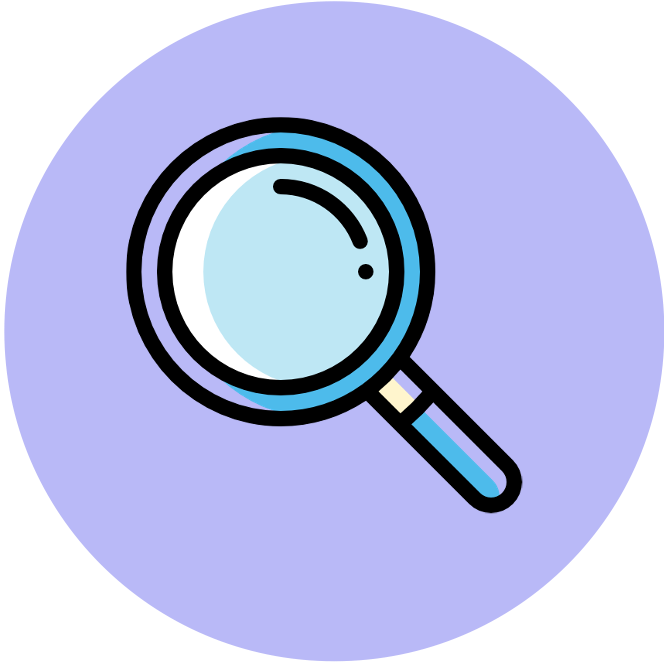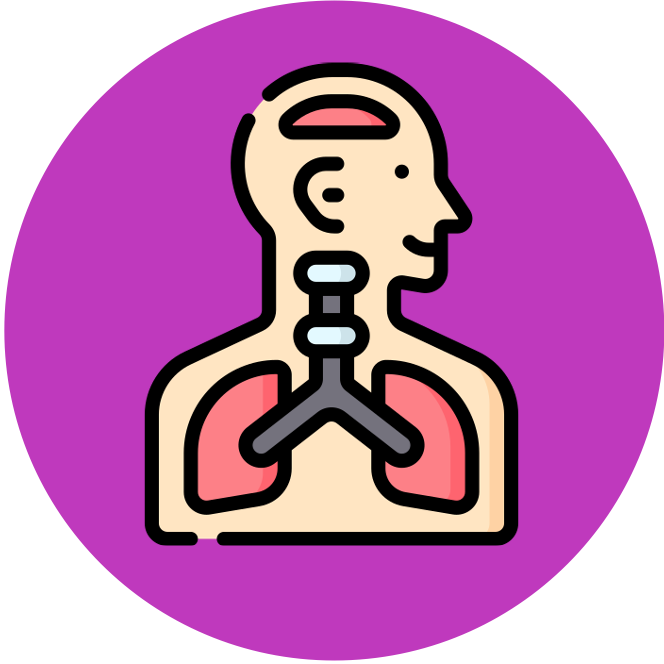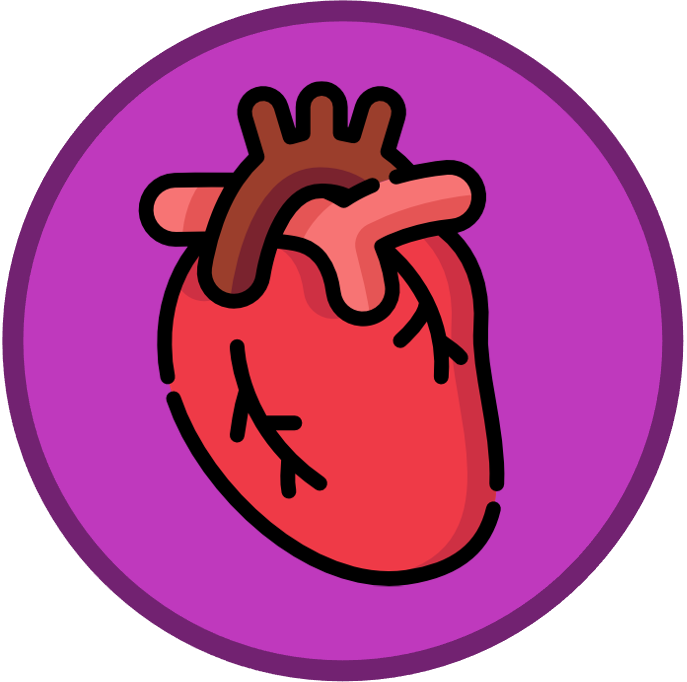

Cardiovascular System (AHL)
AHL Content Statements
-
B3.2.14
Differences between the single circulation of bony fish and the double circulation of mammals
-
Simple circuit diagrams are sufficient to show the sequence of organs through which blood passes.
-
B3.2.15
Adaptations of the mammalian heart for delivering pressurized blood to the arteries
-
Include form–function adaptations of these structures: cardiac muscle, pacemaker, atria, ventricles, atrioventricular and semilunar valves, septum and coronary vessels. Students should be able to identify these features on a diagram of the heart in the frontal plane and trace the unidirectional flow of blood from named veins to arteries.
-
B3.2.16
Stages in the cardiac cycle
-
AOS: Students should understand the sequence of events in the left side of the heart that follow the initiation of the heartbeat by the sinoatrial node (the “pacemaker”). Students should be able to interpret systolic and diastolic blood pressure measurements from data and graphs.
-
D3.3.11
Changes in blood supply to organs in response to changes in activity
-
As examples, use the pattern of blood supply to the skeletal muscles, gut, brain and kidneys during sleep, vigorous physical activity and wakeful rest.



